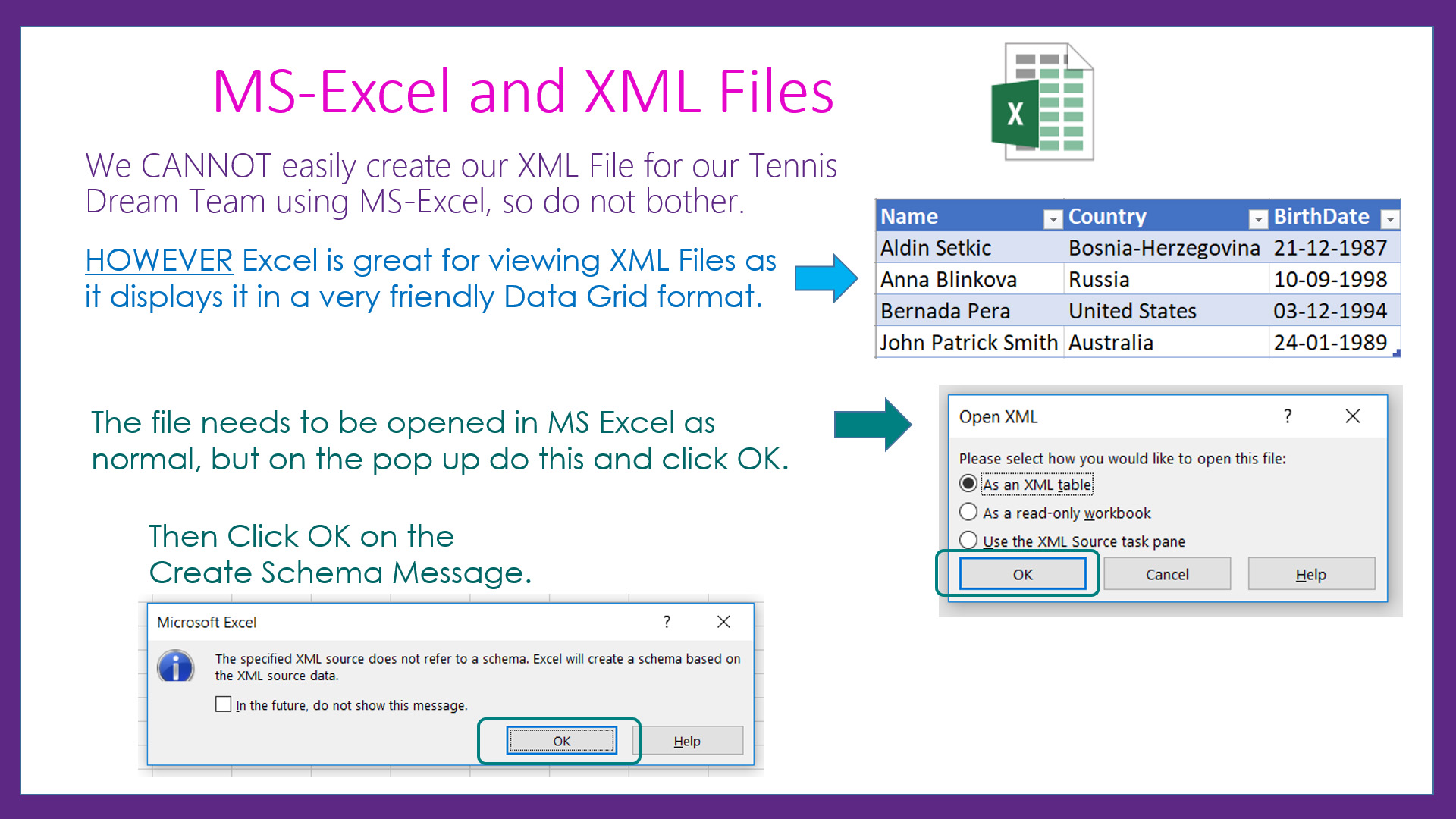

Or you can press CONTROL + R (Windows) or CMND + R (Mac). To view the changes that you just made to your webpage, you can click the "refresh" button on your web browser. Once you have added the link HTML to your webpage.html file, save your file.
#Basic notepad html structure how to#
Learning how to create web pages is easy and entertaining. Yes, that's right - web pages can be a lot of fun. Don't you just love paragraphs? I find them very useful. I am so excited I can hardly contain myself. This is my first paragraph in my new webpage. Let's add a line to our webpage.html file like line #9 in the example below: My First Web Page We can create links (hyperlinks or "anchors") by using the HTML tag. Links are easier to create than you think. You have probably visited thousands and thousands of links as you have browsed the internet. Links are one of the most important part of any web page. From now on, we are going to do all our examples directly in the text editor instead of copy and pasting our content back and forth from your word processor. It should look something like the example below:īy now, you should be getting pretty familiar with using your text editor (NotePad or TextEdit). Save this file and open it in your web browser by double clicking it. Copy all the content from your example1.doc document and replace the content in your webpage.html file.
#Basic notepad html structure windows#
Open your webpage.html file from the last tutorial in your favorite text editor (Notepad for Windows & TextEdit if you are using a Mac). Your document should look like the example below: The next step is to add our HTML tags to the document around the bold and italic words. Use the (or you can use: ) tag for bold, and use the (or you can use: ) tag for italic. the HTML tags for bold and italic are very easy to remember. Your document should look something like the example below:Īs you can see, I have created 3 bold words and 2 italic words in our document. Go ahead and make a couple bold words in your paragraphs and make a few italic words too. Open the example document from the first tutorial - example1.doc in your favorite word processor (Microsoft Word or other). Here are the 10 HTML tags I am going to teach you:.

Don't worry, even though it looks like a lot of new tags to learn, they are easy to remember and they all work the same way. If you read the last tutorial, you already know how to use heading and paragraph tags, so I am going to teach you the remaining 8 HTML tags that you need.

The 10 HTML tags in the list below are for formatting content. If you haven't done so yet, I recommend reading it. I am going to continue to carry on where I left off in the first tutorial: I am going to teach you 10 HTML tags you need to markup almost all content and anything else you can think of when creating a web page. Even though there are close to 100 tags in HTML5, you usually only end up using a handful 99% of the time. This tutorial is an introduction to the 10 most common HTML tags.


 0 kommentar(er)
0 kommentar(er)
